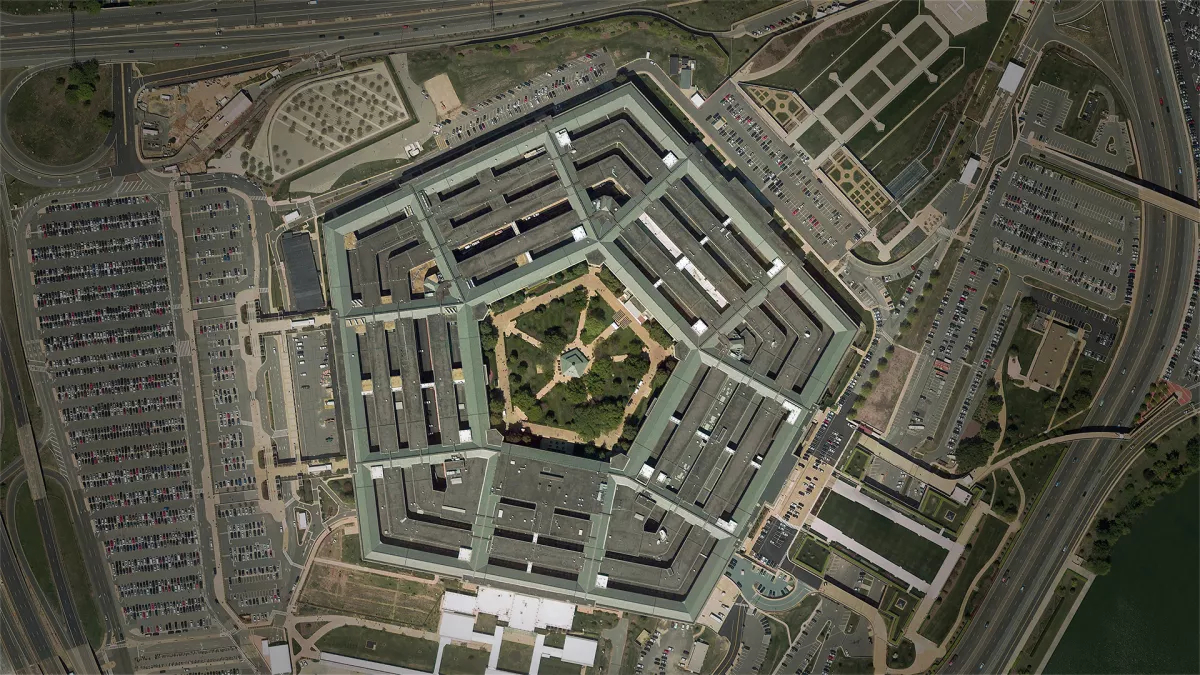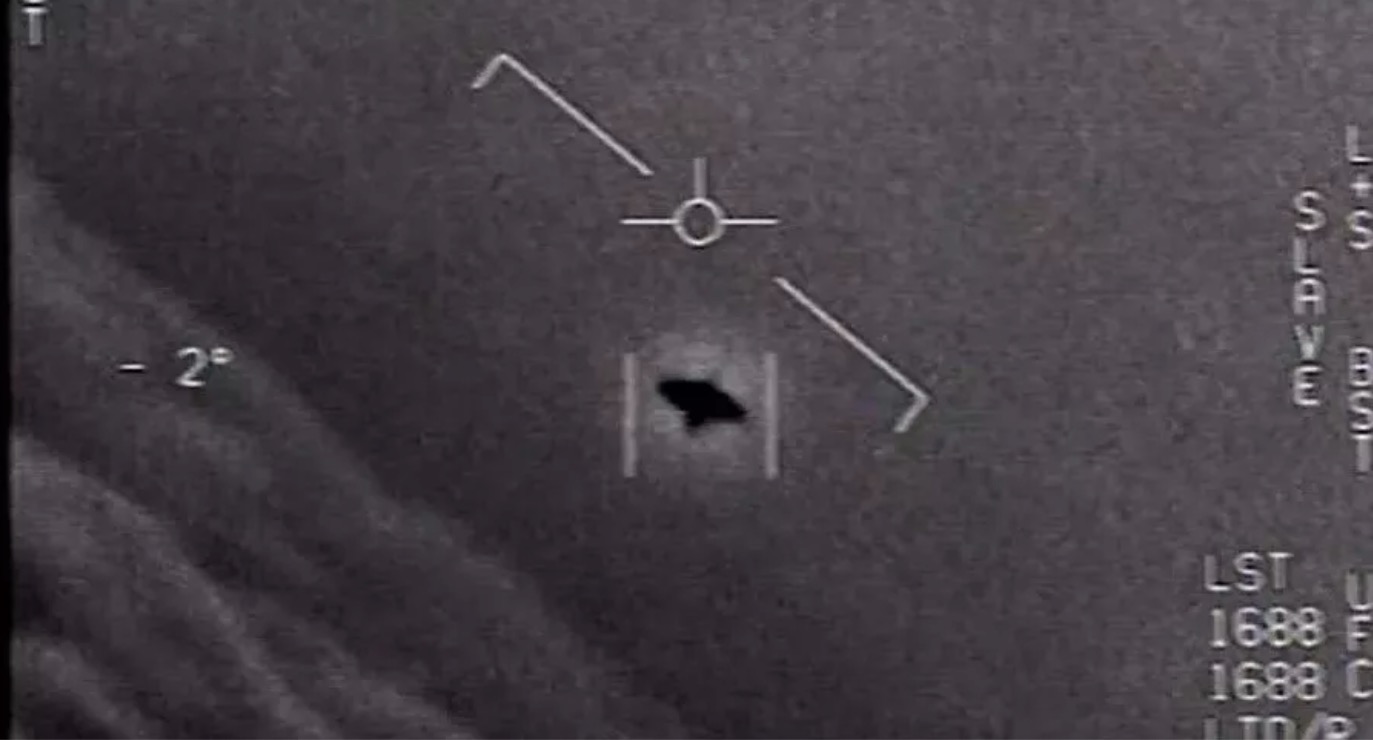US military reports 'several hundred' UFO sightings in 2022, Pentagon officials claim
UFO reports from U.S. military personnel are flooding the government's new All-Domain Anomaly Resolution Office (AARO).

The U.S. government's brand new UFO-tracking office has been open for half a year but business is already booming.
Over the last six months, the office — named the All-Domain Anomaly Resolution Office (AARO) — has received "several hundreds" of new UFO reports from U.S. military personnel, office director Sean Kirkpatrick told the Associated Press. This adds to more than 140 UFO sightings reported by the military between 2004 and 2021, which were previously described in a much-anticipated report from the Pentagon in June 2021.
The new reports, which were filed this year by personnel in the U.S. Army, Navy and Air Force, describe unidentified anomalous phenomena, or UAP — the government's preferred name for UFOs — sighted in the air, under water and in space.
Related: Pentagon establishes office to track UFOs in space
None of the reports, old or new, show any hint of alien activity, Kirkpatrick noted.
Established in July 2022, the AARO's mission is to consolidate and investigate UFO reports filed by the various branches of the U.S. military. By definition, a UAP is "anything in space, in the air, on land, in the sea or under the sea that can't be identified, and which might pose a threat to U.S. military installations or operations," according to a Department of Defense statement released on Dec. 17.
The sudden influx of new reports may be thanks to recent outreach efforts by the AARO, Kirkpatrick said, adding that he wanted to "destigmatize" the process of reporting UAP sightings in the military.
Breaking space news, the latest updates on rocket launches, skywatching events and more!
A number of reported sightings have already been resolved, anonymous Pentagon officials told the New York Times in November. Many UFO sightings can likely be attributed to "relatively ordinary" surveillance drones from nations such as China and Russia, the officials said, while others may simply be "airborne clutter" like weather balloons.
Kirkpatrick said that AARO is working on procedures to "weed out" common sources of UAP sightings, such as foreign or domestic aircraft that may leave distinct techno-signatures, or signs they were made using technology. The office plans to release a report imminently with more details about its investigations this year.
This story was originally posted on Live Science.

Brandon has been a senior writer at Live Science since 2017, and was formerly a staff writer and editor at Reader's Digest magazine. His writing has appeared in The Washington Post, CBS.com, the Richard Dawkins Foundation website and other outlets. He holds a bachelor's degree in creative writing from the University of Arizona, with minors in journalism and media arts. He enjoys writing most about space, geoscience and the mysteries of the universe.


